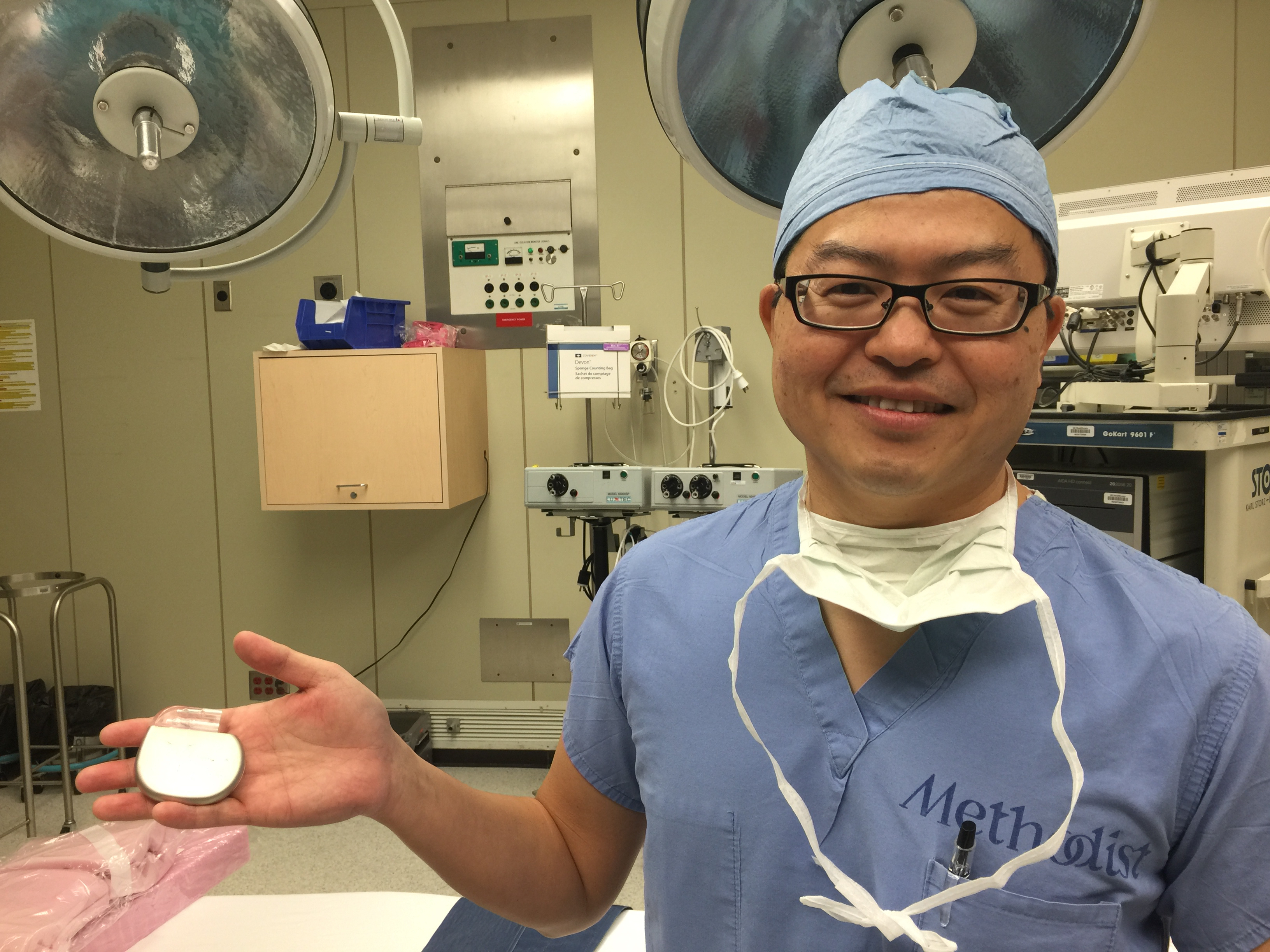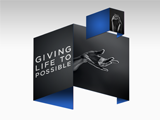Exploring the history of snoring, sleep apnea treatment

When it comes to snoring and sleep apnea, there hasn’t been a shortage of home remedies and methods to sleep more soundly and quietly.
Dr. Mas Takashima, director of The Sinus Center at Baylor College of Medicine and associate professor of otolaryngology-head and neck surgery at Baylor, said snoring is mainly a human activity and over the years there have been various treatment options and tools.
Home remedies have ranged from:
- Sewing a tennis ball in to the back of pajamas to prevent people from sleeping on their backs
- Chinstraps designed to keep the mouth closed and subsequently cause breathing through the nose
- Specialty pillows designed to stretch the neck and tissues inside the throat to avoid floppy tissue blocking the airway
Most of these options are not FDA approved and do not work well, Takashima said.
“People have even tried shock therapy for snoring,” said Takashima. “This is not an effective treatment because snoring is an involuntary process.”
Sleep apnea plagues both men and women. By age 60, 40 percent of women and 60 percent of men will snore, which may be the initial warning sign of obstructive sleep apnea.
Modern medical treatment
In 1981, continuous positive airway pressure therapy clinical trials started, which were a major step forward for sleep apnea treatment. CPAP is a non-surgical approach that uses a breathing mask to stiffen walls of the throat to keep tissue from becoming floppy and blocking the airway. The main downside in its use, however, involves the need to strap on a mask every time a patient goes to sleep.
The Fujita UPPP, surgical correction for sleep apnea, is successful in the appropriate patient but involves a lot of cutting inside the mouth and throat, which makes it very painful for patients, Takashima said.
A new, less painful treatment option for sleep apnea is the hypoglossal nerve stimulator, or the pacemaker for the tongue. It is a less invasive therapy for patients with OSA. This device is approved by the FDA. It is a small device that is inserted under the clavicle and has wires connecting to the tongue and chest muscles.
“This new treatment uses stimulation of natural mechanisms of the body to prevent breathing obstructions,” Takashima added.
To learn more about sleep apnea treatment, call 713-798-3982.
Additional Resources
Read about Dr. Takashima’s new procedure in the Houston Chronicle.
A tale of two ailments: Obstructive sleep apnea and cardiovascular disease.




Agree. The remedies mentioned here (yes, including the tennis ball) can work if it’s just annoying, standard, non-harmful snoring, but if it’s apnea (or if you suspect apnea), it’s time for a visit to the doctor. 🙂 Mel at stopsnoringrx.com
Pingback: How to End Bad Dreams and Sleep Better